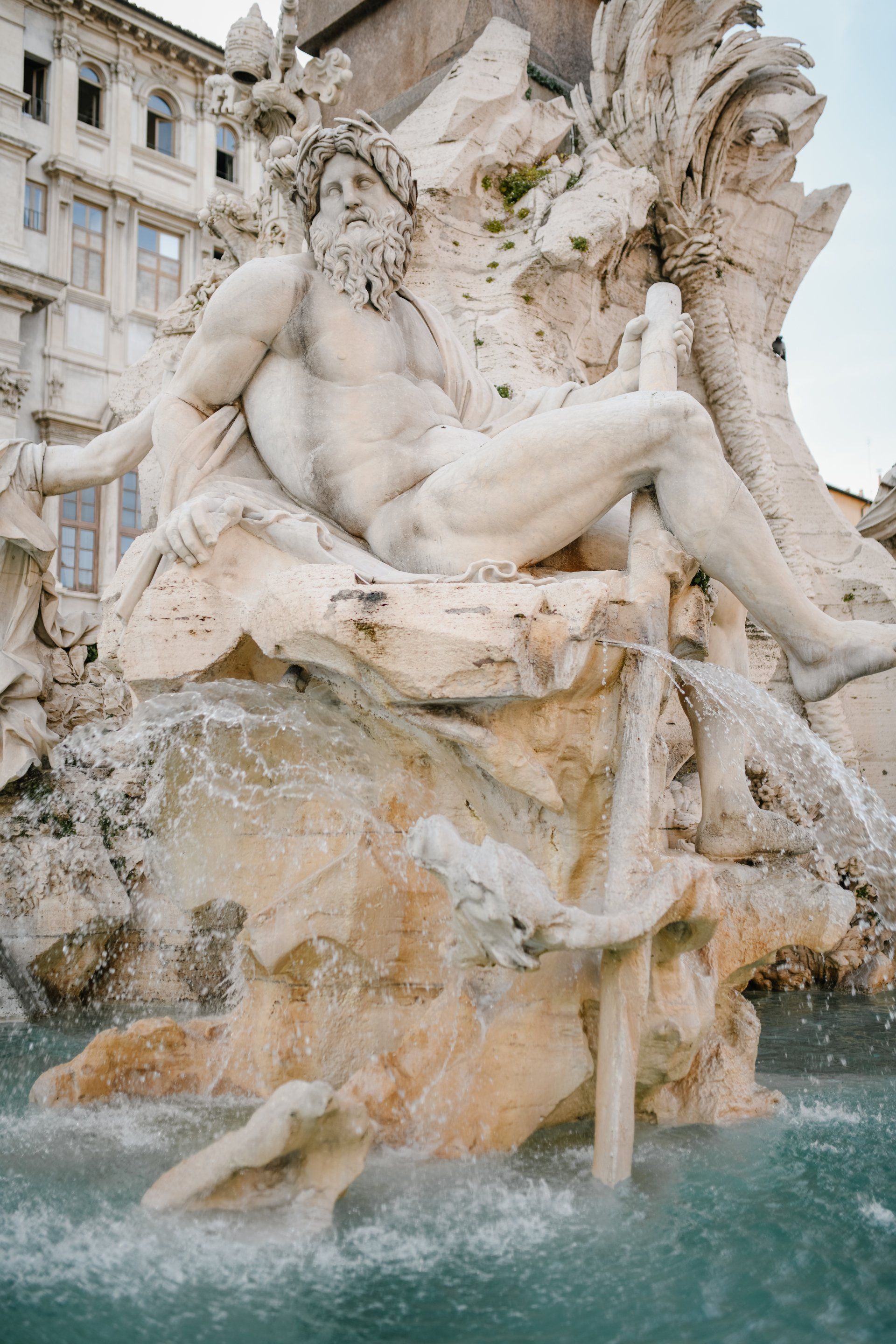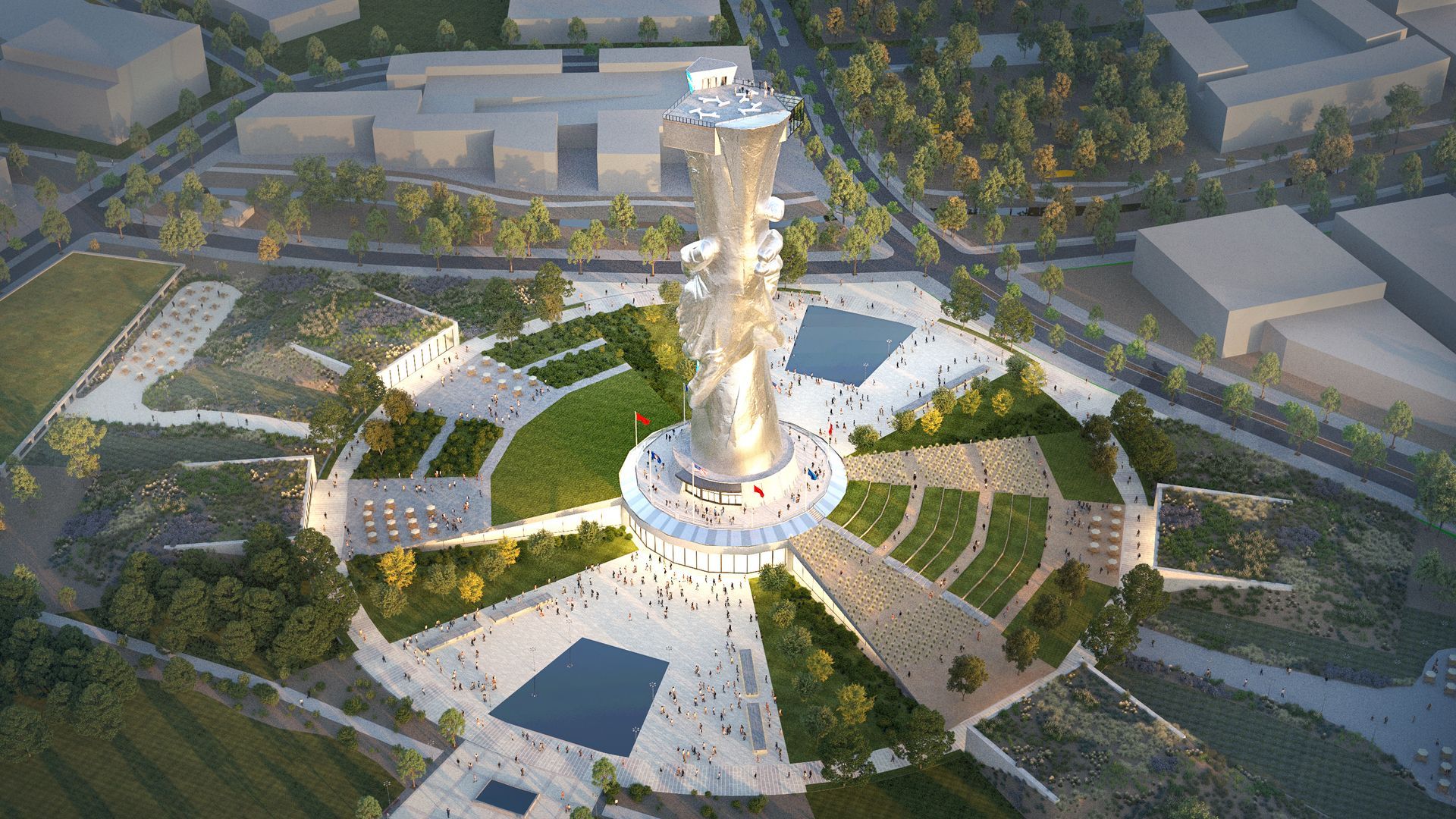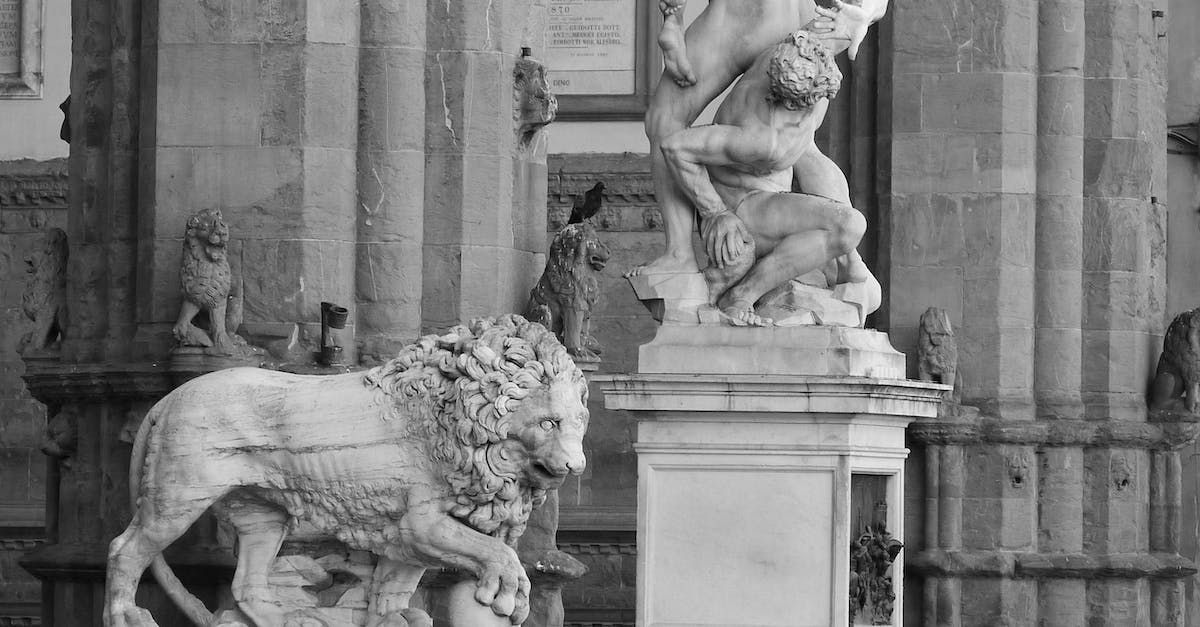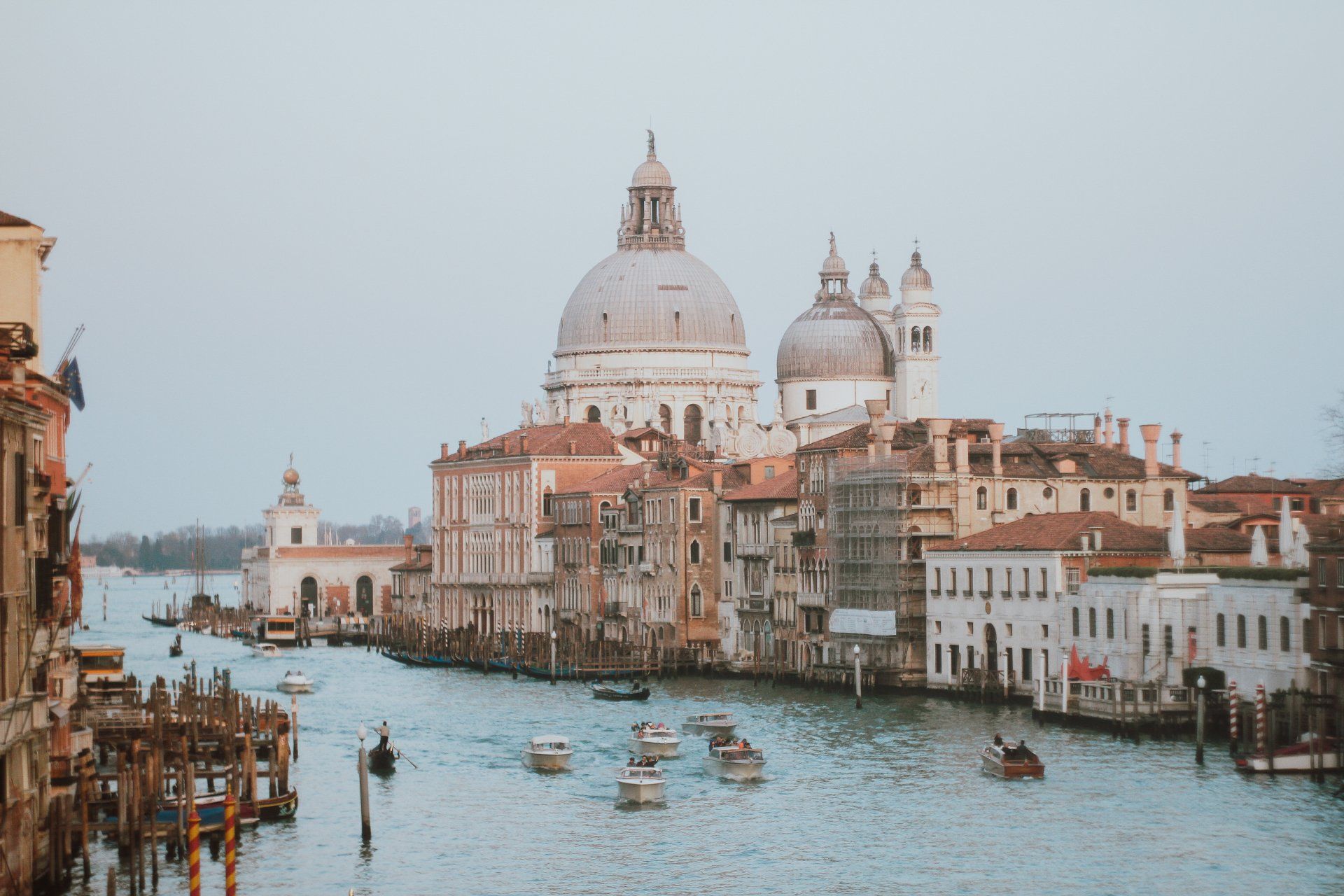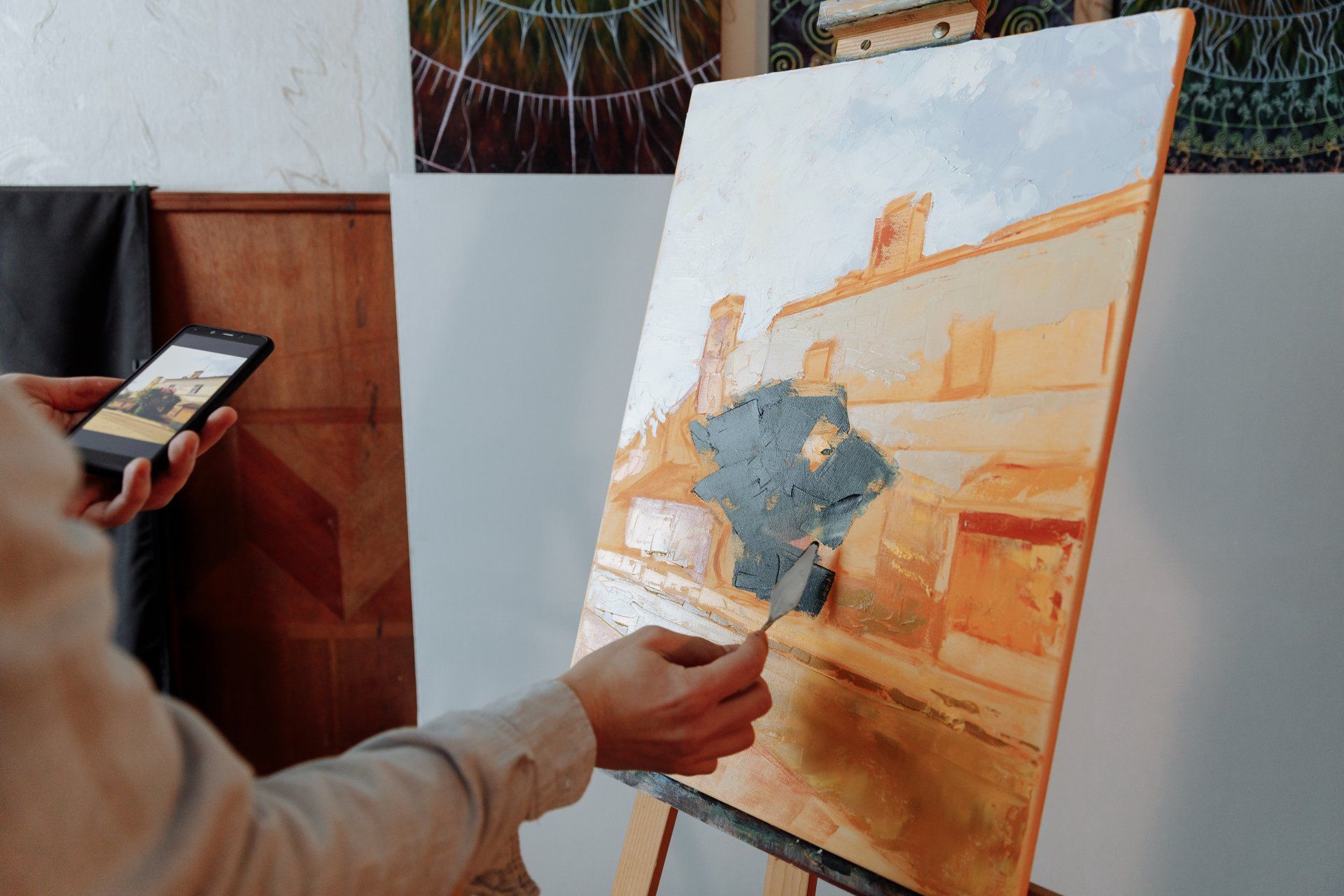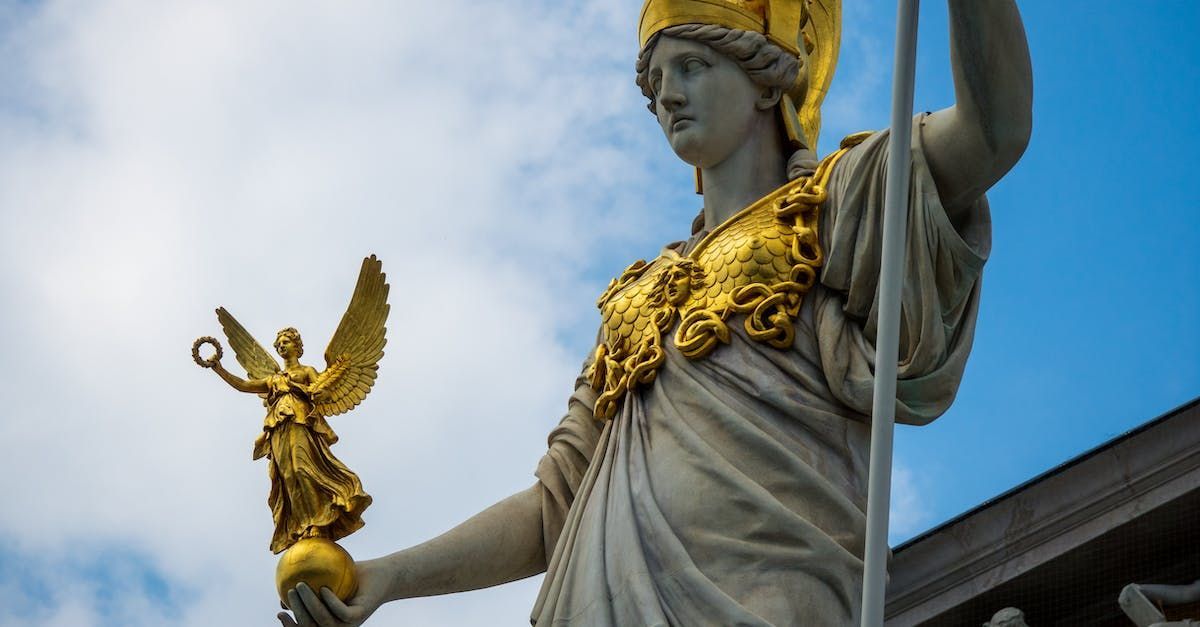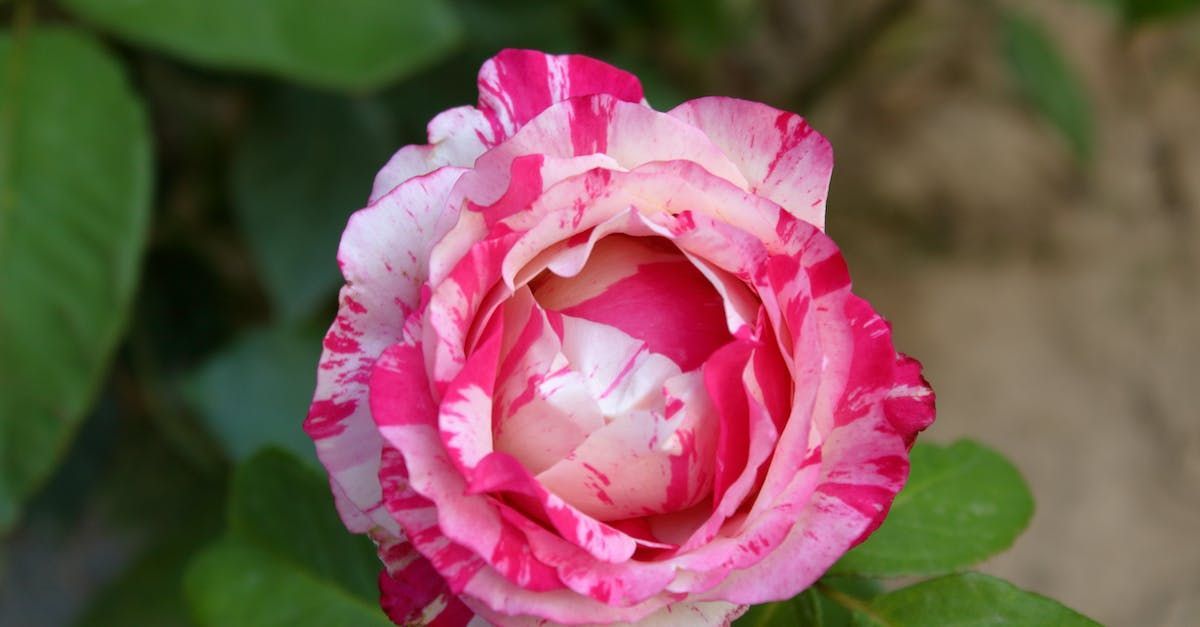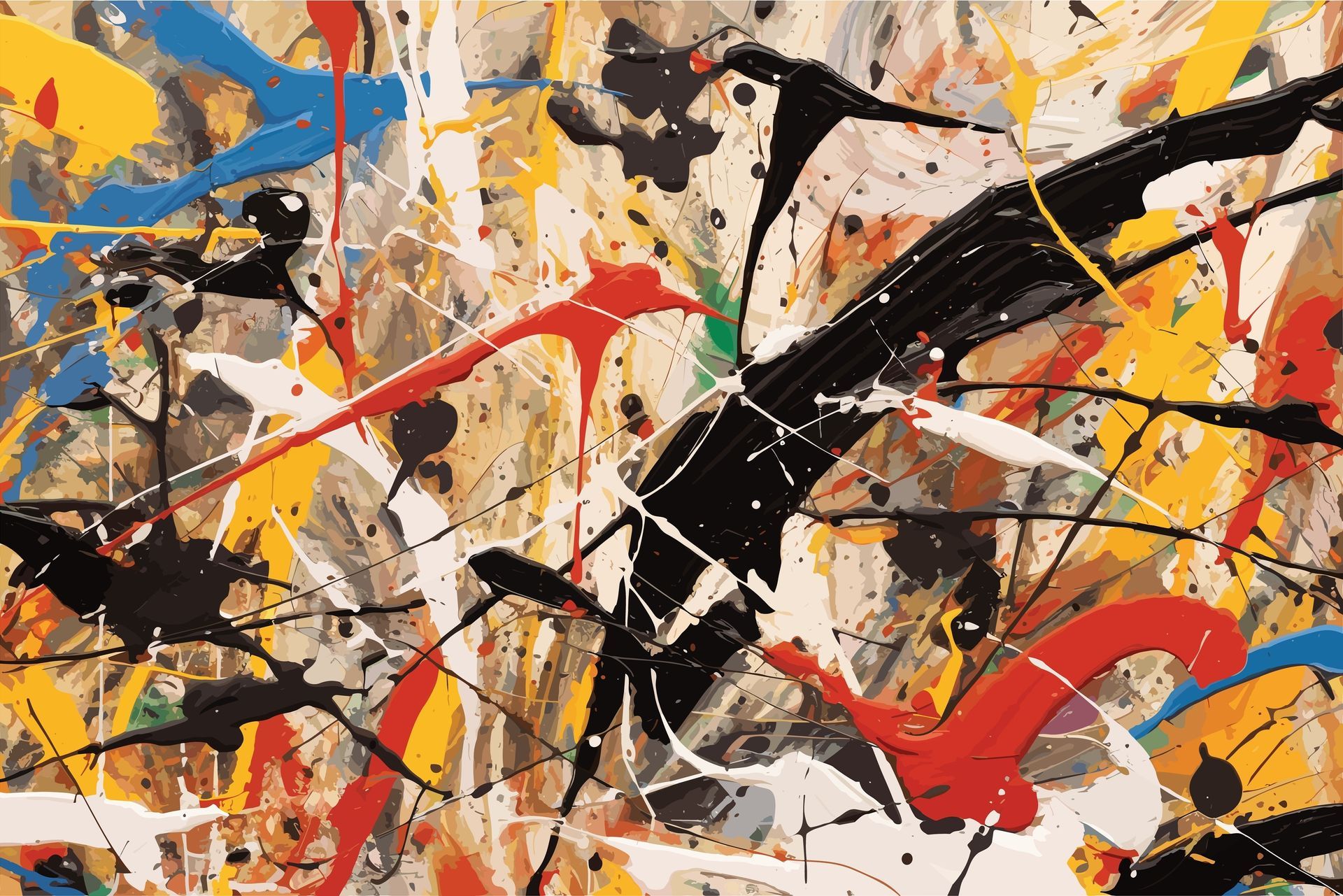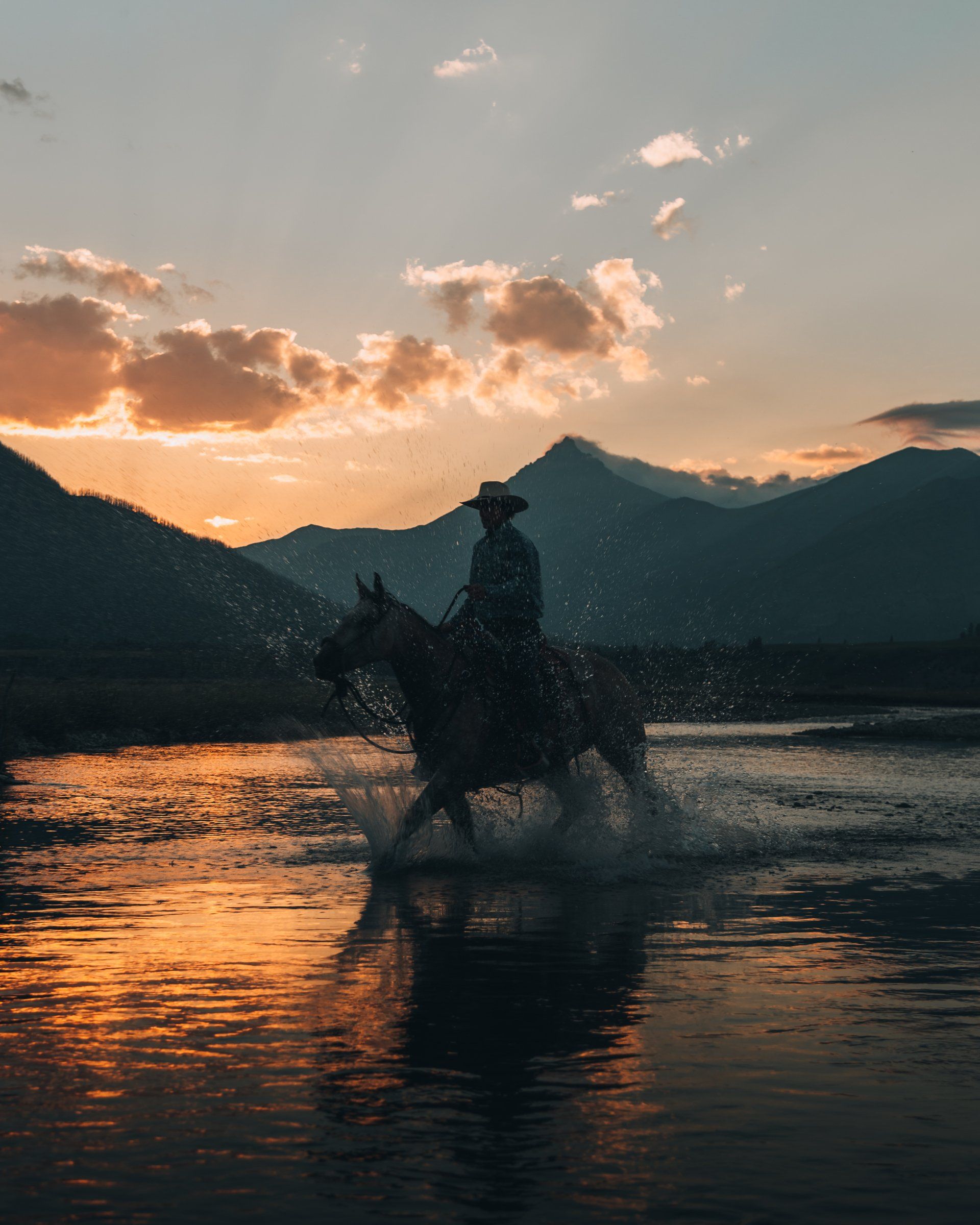Frederick Remington
Iconic Bronze Sculptures and Paintings

Frederic Remington, a celebrated artist who lived from 1861 to 1909, made an indelible mark on the art world with his iconic bronze sculptures and paintings depicting scenes of the American West. Remington's artwork showcased cowboys, Native Americans, and the U.S. Cavalry, playing a significant role in shaping the popular image of the Old West. This article explores Remington's artistic contributions, his portrayal of Western themes, and his lasting impact on the perception of the American West.
Iconic Bronze Sculptures and Paintings:
Frederic Remington's legacy is closely tied to his iconic bronze sculptures and paintings that captured the essence of the American West. His sculptures, cast in bronze, brought to life the action, movement, and character of cowboys, Native Americans, and soldiers. These three-dimensional artworks showcased Remington's exceptional skill in capturing the details and dynamism of Western life. Similarly, his paintings, characterized by bold brushstrokes and vivid colors, conveyed the drama, excitement, and vastness of the Western landscape.
Depiction of Cowboys, Native Americans, and the U.S. Cavalry:
Remington's artwork often depicted cowboys, Native Americans, and the U.S. Cavalry, reflecting the diverse and interconnected elements of the American West. His paintings and sculptures captured the spirit, struggles, and pride of these iconic figures. Remington's portrayal of cowboys showcased their ruggedness, skill, and resourcefulness in the face of the challenges presented by the untamed frontier. His depictions of Native Americans celebrated their rich cultures, traditions, and resilience. Additionally, his artworks depicting the U.S. Cavalry conveyed the heroism, conflicts, and role of the military in shaping the Western landscape.
Shaping the Popular Image of the Old West:
Frederic Remington's artwork played a pivotal role in shaping the popular image of the Old West. His paintings and sculptures captured the imagination of the public, providing a visual narrative of the American West that resonated with audiences of his time and continues to do so today. Remington's romanticized yet authentic depictions of cowboys, Native Americans, and the U.S. Cavalry helped create and perpetuate the mythos and allure of the Western frontier. His art became synonymous with the popular perception of the Old West and influenced subsequent portrayals of Western themes in literature, film, and other art forms.
Legacy and Lasting Impact:
The legacy of Frederic Remington is a testament to his enduring impact on the art world and the popular perception of the American West. His skillful craftsmanship, attention to detail, and ability to capture the spirit and energy of Western life continue to inspire artists, historians, and enthusiasts of Western culture. Remington's artworks serve as visual documents of a bygone era, preserving the history, legends, and romance of the American West. His contribution to shaping the popular image of the Old West remains influential, ensuring that his artistic legacy endures.
Frederic Remington's celebrated bronze sculptures and paintings are revered for their portrayal of the American West. His depictions of cowboys, Native Americans, and the U.S. Cavalry captured the spirit, struggles, and pride of these iconic figures. Remington's artwork played a significant role in shaping the popular image of the Old West, influencing subsequent portrayals of Western themes. His enduring legacy lies in his ability to transport viewers to the rugged landscapes and compelling narratives of the American West, preserving the spirit and allure of the frontier for generations to come.
